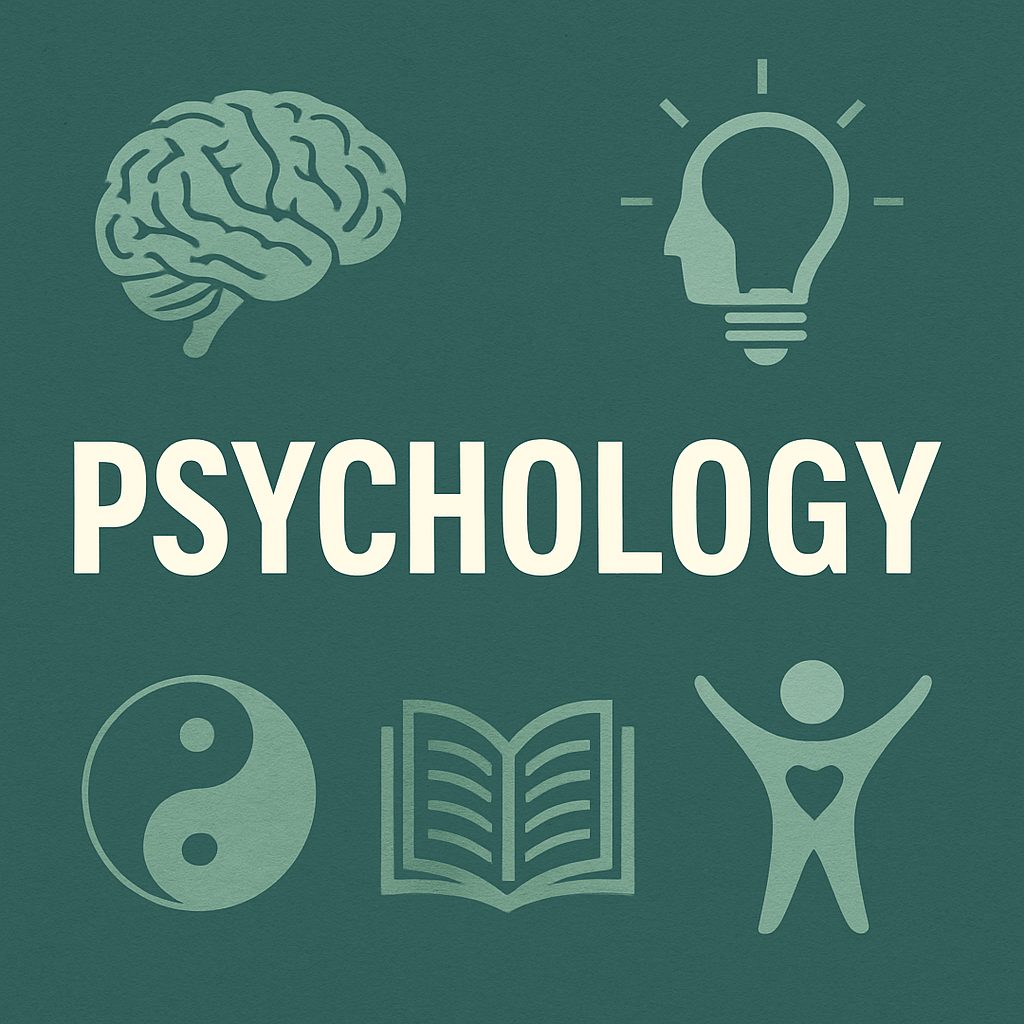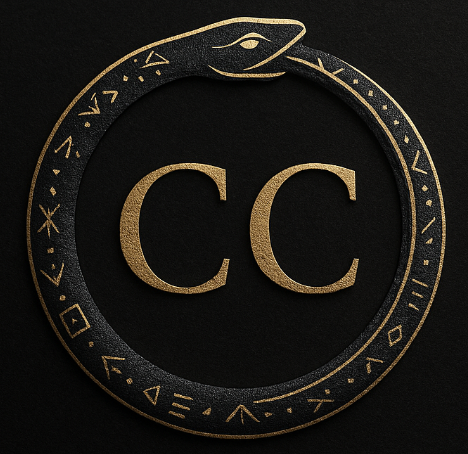Ever sat down to write, work, or just think and felt like your brain was tuned to the wrong station? Like you’re trying to get jazz but all you’re getting is static? That’s where binaural beats come in—nature’s sneaky neurological DJ.
Brainwaves 101 (Because You Deserve to Know What’s Going On Upstairs)
Your brain isn’t just a blob of gray goo. It’s an electrical storm of activity, operating at different frequencies depending on your state of mind. Here’s a cheat sheet:
- Delta (0.5 – 4 Hz): Deep sleep. Like, “dead to the world” kind of rest. Good for recovery.
- Theta (4 – 8 Hz): Dreamy, meditative, liminal spaces. Think daydreaming, intuitive insight, and creative idea soup.
- Alpha (8 – 13 Hz): Relaxed awareness. Flow states. The sweet spot for writing or brainstorming.
- Beta (13 – 30 Hz): Alert, focused, problem-solving mode. Also the land of anxiety if you overdo it.
There are even Gamma waves (30+ Hz), which some folks say are tied to peak concentration and mystical experiences. Jedi-level stuff.
So What Are Binaural Beats, and Why Should You Care?
Binaural beats work by playing two slightly different frequencies in each ear. Your brain hears the difference between the two, and it starts to “tune in” to that frequency. This can gently nudge your brainwaves toward a desired state—like moving from scattered Beta into dreamy Theta, or from sleepy Alpha into a focused Beta zone.
It’s not magic. It’s neuroscience.
How to Use Them (Without Getting Weird)
There are tons of free apps out there (Brainwave, Brain.fm, Endel, etc.) that let you pick a state of mind and let the tones do their thing. YouTube also has endless mixes. Just make sure to wear stereo headphones—it only works if each ear receives its designated tone. Here are a few ways to use them:
- Focus at work: Put on Beta-enhancing beats to block distractions and stay on task. Great for those ADHD moments when your brain wants to vacuum the ceiling instead of finish that email.
- Get into creative flow: Use Theta or low Alpha beats when you want ideas to bubble up from the subconscious. Writing fiction? Making art? Staring off into space meaningfully? This is your jam.
- Wind down for sleep: Delta beats can help calm the nervous system and get you into sleep mode. Good for when you’re tired but your brain still wants to narrate your life.
- Wake up gently: Some Alpha or light Beta can help you ease into the day without reaching for your phone like it’s a life preserver.
How to Use Them (If You Want to Get Weird)
Sure, you can use binaural beats to help crank out emails or organize your taxes. But if you’re the adventurous type (and if you’ve read this far, you probably are), there’s a whole other layer to explore.
Try Theta or Delta frequencies for:
- Lucid dreaming – Listening as you fall asleep can help you hover in that in-between place where dreams start and awareness lingers.
- Shamanic journeying – Some practitioners use Theta beats instead of drums to guide inner journeys.
- Deep meditation – If traditional meditation eludes you, binaural beats can act like training wheels for your brain.
- Out of body experiences – No, seriously.
Enter Robert Monroe. Back in the 1950s and ’60s, Monroe was a radio exec who started experiencing spontaneous out-of-body states. Instead of freaking out, he turned into a consciousness researcher and created the Monroe Institute. He developed a system called Hemi-Sync, which is a branded form of binaural beats designed to synchronize the hemispheres of the brain and induce altered states. Whether you’re into astral projection or just want to feel a little floaty, his legacy is a fascinating slice of neuroscience-meets-mysticism.
Final Thoughts
Start simple: 20–30 minutes of Alpha or low Beta while working. Want to experiment? Cue up a Theta track, dim the lights, and let your mind wander.
No, it won’t write your novel for you. But it might help you tap into the part of your brain that can.
Happy trancing. Stay curious. And maybe—just maybe—drop out of your default mode network for a bit.


